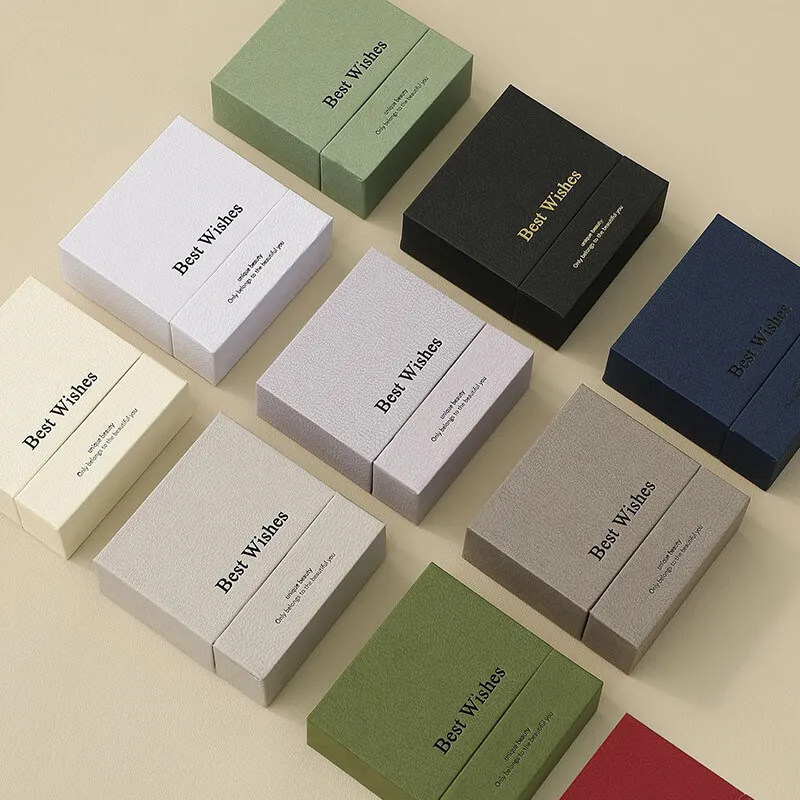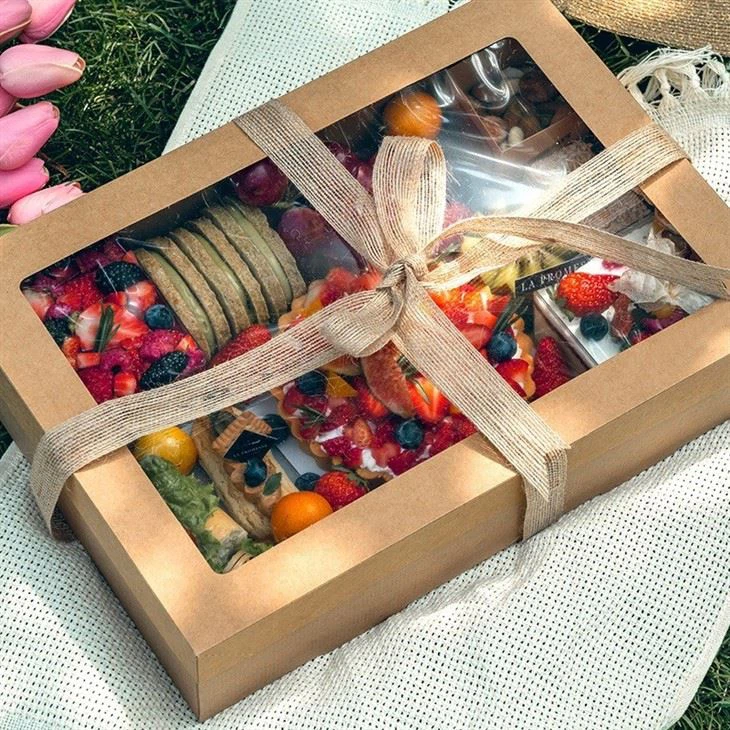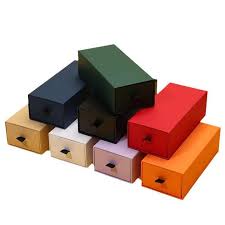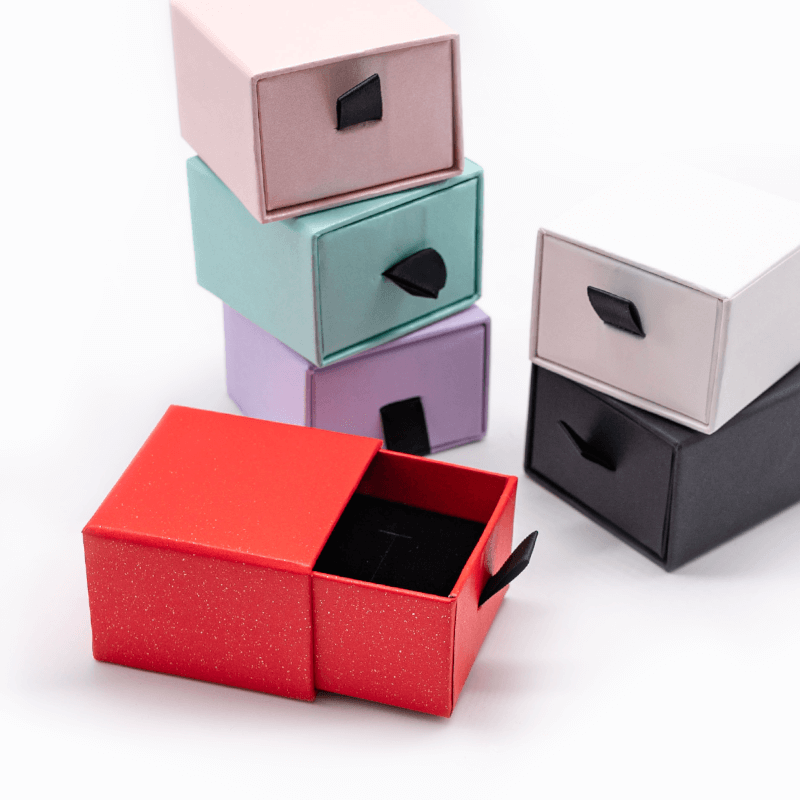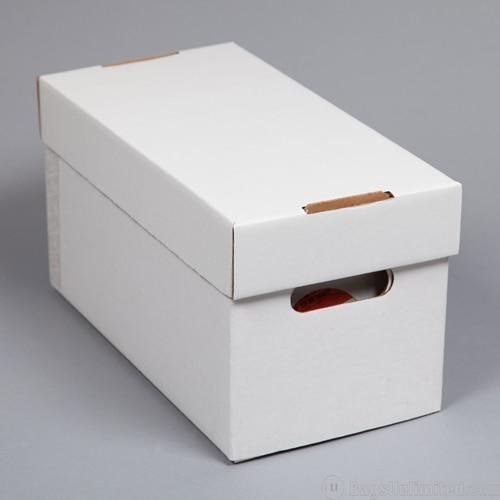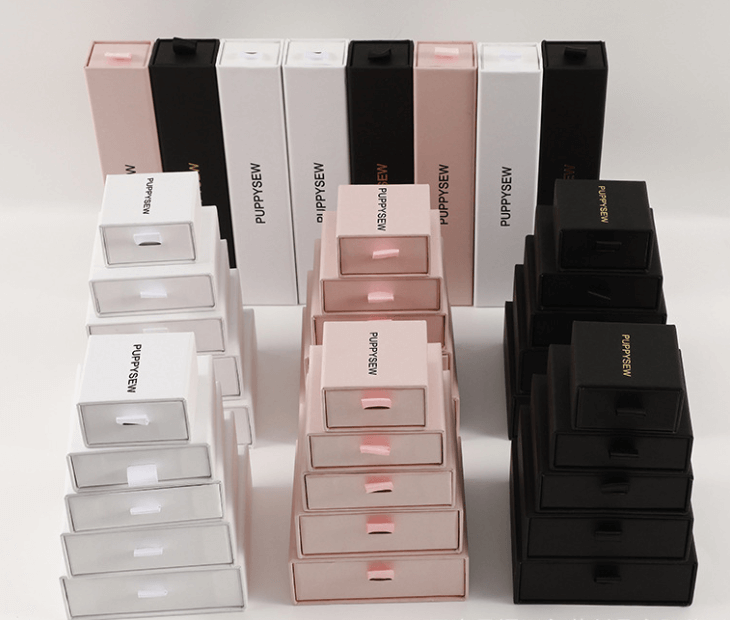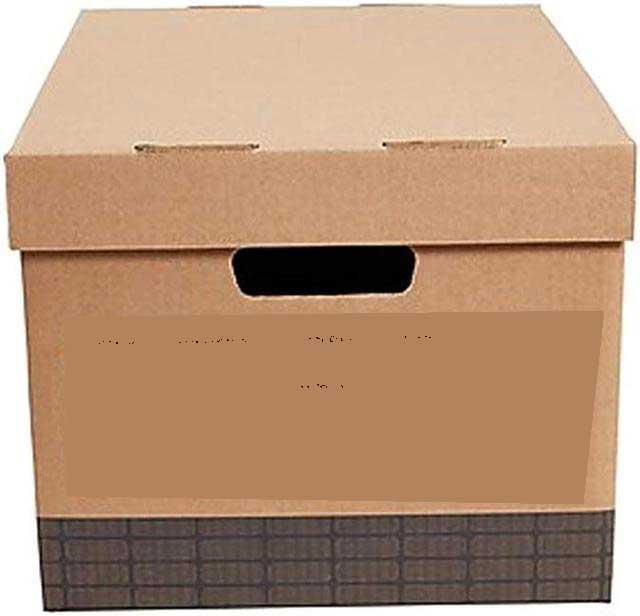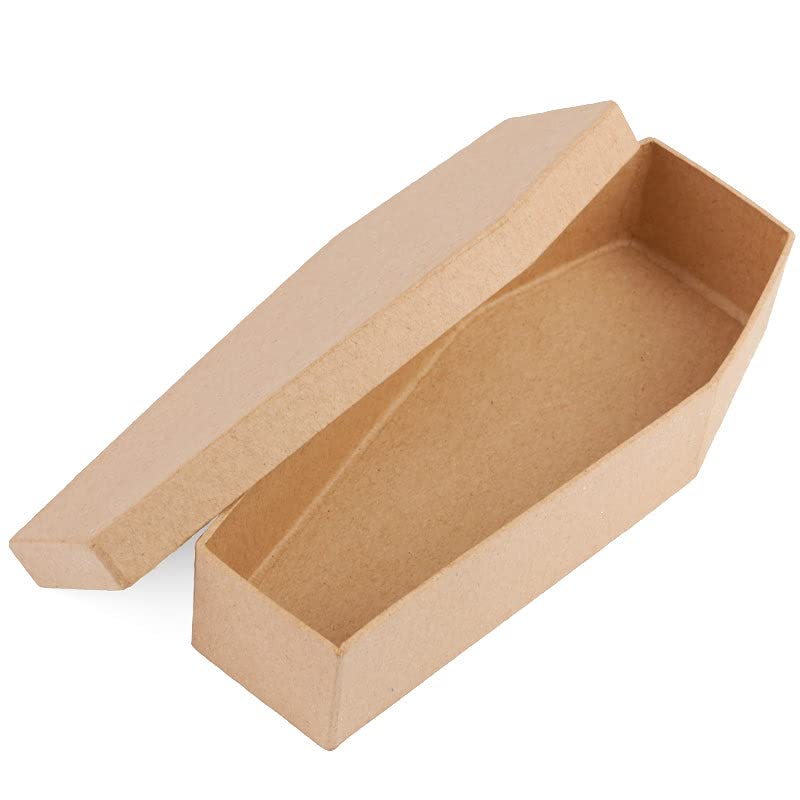Across EU and North American channels—e-commerce and craft fairs alike—brand owners, distributors, and small merchants are rapidly shifting to small paperboard boxes for jewelry, soap, bakery favors, and DIY kits. Executives cite three drivers: rising cost and fulfillment pressure, stricter sustainability compliance, and a unified demand for shelf and unboxing consistency. Suppliers are rolling out standardized inside-size ranges (e.g., 60×60×40, 80×80×50, 100×100×60 mm) paired with paper-based inserts (slot cards, cross cards, molded fiber trays), promoting an “one-dieline, multi-use” approach to shorten prototype-to-production timelines while controlling dimensional weight and damage rates in direct-to-consumer shipping.
Use Cases & Adoption — Where Small Craft Boxes Are Scaling
Adoption is clustering around five craft-heavy verticals, each with a clear operational motive: speed at the counter, protection in the parcel, or consistency on the shelf.
Jewelry & Accessories. Boutique brands and marketplace sellers are standardizing ring/earring SKUs into compact paperboard formats that pair with slot or cross-card inserts. The headline goal is fewer returns from scuffs and missing pieces, plus faster in-store gift prep.
Candles & Soaps. Travel tins (≤100 ml) and hand-cut bars are shifting from loose wrap to box + molded fiber tray systems. Operators report cleaner stack stability, better fragrance containment in transit, and a more premium unboxing moment for gifting.
Cookies & Macarons. Micro-gifting formats (2–6 pieces) are moving to pulp trays inside small cartons. The combination controls lateral movement without heavy plastics and makes seasonal sleeves a straightforward upsell mechanism.
Craft Kits & Party Favors. Course providers and event planners are consolidating scattered contents into 120×120×60 mm–class kits. The box is doing double duty: a pick/pack container for ops and a handover-ready gift for attendees.
Mini Electronics & Stationery. USB drives, pins, refills, and small components are using corrugated pads inside presentation boxes to reduce corner damage while keeping the front panel brand-forward for shelf and unboxing media.
The common thread across categories is a pivot from ad-hoc wrapping to repeatable, size-coded box systems that compress handling time, improve perceived value, and keep materials within a paper-first, easily recycled stream.
Size & Specification Trends — Standardizing for Speed and Fit
Retail buyers and indie makers are converging on repeatable inside-size tiers to simplify sourcing, reduce handling time, and keep parcel costs predictable. The shift favors size-coded systems that map directly to product families and inserts.
The Three-Step Measuring Method (Now Industry Standard)
- Measure the product (L × W × H; or diameter × height).
- Add clearance — 3–6 mm per side for most items; 8–10 mm for fragile or coated surfaces.
- Include insert height — add the thickness of the tray/pad/slot to internal height.
consistent fits across SKUs, fewer dunnage surprises, faster pack times.
Popular Inside Sizes & Fits
| Inside Size (mm) | Typical Use | Max Item Weight (ref) | Go-To Insert | Notes |
|---|---|---|---|---|
| 60 × 60 × 40 | Rings, stud earrings | ≤120 g | Paperboard slot | Compact face; ideal for gift counters |
| 80 × 80 × 50 | 2–4 macarons, small soap | ≤250 g | Corrugated pad | Controls scuff; seasonal sleeves sell |
| 100 × 100 × 60 | Travel candle ≤100 ml | ≤400 g | Molded fiber tray | Best balance of protection + premium |
| 120 × 80 × 40 | Bracelet, USB, charms | ≤300 g | Cross card | Slim profile for mailers |
| 120 × 120 × 60 | 4–6 macarons, mini kits | ≤500 g | Pulp tray / corr pad | Stable stack for shelf displays |
Shelf vs. Parcel: Two Playbooks, One Dieline
- Shelf-first: tighter tolerances for a crisp “face,” box height 40–60 mm to maximize visibility; lighter inserts acceptable.
- Parcel-first: slightly looser fit plus shock-managing inserts; pair the presentation box with a right-size mailer to control dimensional weight and corner crush.
Why Standard Tiers Are Winning
- Procurement clarity: buyers order by inside size code instead of ad-hoc specs.
- Faster onboarding: new SKUs drop into existing box/insert pairings; fewer reprints.
- Inventory hygiene: fewer unique dielines; easier forecasting; simpler replenishment triggers.
- Cost discipline: gang printing across size families; sleeves/stickers for seasonal updates rather than full replates.
Red Flags to Avoid
- Over-boxing: adds air and cost without improving protection.
- Window oversizing: weakens panel strength; keep windows small and reinforce rails.
- Insert mismatch: soft goods in hard inserts rattle; heavy tins on thin pads dent.
A five-size inside grid plus a three-insert toolkit (slot, cross, molded fiber) now covers the majority of craft SKUs, aligning shelf polish with parcel durability while keeping costs and lead times inside plan.
Materials & Strength — Paperboard When You Can, Corrugated When You Must
Buyers are consolidating around a simple rule: paperboard for presentation, corrugated for punishment. The right call depends on weight, route, and finish.
Core Substrates
- Paperboard (300–400 gsm): Clean edges and premium print fidelity for jewelry, cosmetics, and giftable foods. Pair with a slot, cross card, or molded fiber insert to control point loads up to ~400 g.
- Corrugated (E/F/B flutes): Step up when parcels face compression or contents exceed ~400 g. E/F for slim profiles and fine print; B for outer mailers or rough lanes.
Kraft vs. White: Signal vs. Saturation
- Kraft: Natural, matte, “eco-first” signal; hides minor handling marks; pairs well with black or white ink + foil spot.
- White (SBS/Coated): High-saturation color and sharper foil/deboss details; shows scuffs sooner—plan protective inserts accordingly.
Finishes & Barriers (Choose One Hero)
- Water-based varnish as the baseline—keeps recyclability straightforward.
- Soft-touch, spot UV, or foil as the single hero cue for premium SKUs.
- For oily/fragile contents, add a grease/moisture-resistant topcoat sparingly to maintain recovery in paper streams.
Strength Rules of Thumb (Field-Proven)
- ≤400 g total → Paperboard box + insert is typically sufficient.
- 400–800 g or sharp edges → Add E/F-flute liner or ship inside a B-flute mailer.
- Windowed panels → Keep apertures small; double-score the rails; avoid spanning across major folds.
Engineering Moves That Cut Damage
- Align flute/board grain with stack direction to resist panel bow.
- Increase score depth on tight folds for cleaner geometry at scale.
- Use corner posts or ribbed inserts for round tins and slippery soaps.
- Specify a tear strip + re-seal on mailers to simplify returns without cutting into the inner box.
Most craft SKUs land in paperboard; you layer corrugated only where lanes or loads demand it. That’s how teams keep the look premium, the unit cost stable, and the recovery stream clean.
Inserts & Protection — Stabilize the Product, Script the Unboxing
Packaging teams are standardizing on three paper-first insert types to balance protection, speed, and recyclability—then adding specialty options only when the SKU demands it.
The Core Trio (Paper-First)
- Paperboard Slot Card
Use for: rings, studs, pendants, flat charms
Why it wins: laser-fast assembly, ultra-low cost, fully recyclable
Specs: 300–400 gsm; slit width = item thickness + 0.5–1 mm
Watch-outs: add a backing tab for heavy pendants; avoid over-tight slits that crease - Cross Card (X-Insert)
Use for: bracelets, bands, DIY kits, small stationery sets
Why it wins: braces from multiple directions; works in shallow boxes
Specs: twin 300–400 gsm cards with interlocking slots; kerf tolerance 0.3–0.5 mm
Watch-outs: round tins can slip—pair with a friction patch or micro-ribs - Molded Fiber (Pulp) Tray
Use for: candles ≤100 ml, macarons/food gifts, mixed-item gift sets
Why it wins: best shock control and product “nesting” while staying paper-only
Specs: wall 1.0–1.8 mm; draft angle ≥5° for easy release; lip designed to key into box walls
Watch-outs: confirm surface smoothness for jewelry; specify food-contact grade where relevant
Supporting Players (Use Selectively)
- Corrugated Pad—adds crush resistance under tins/soaps with minimal cost; ideal for parcel-first SKUs.
- Velvet Card / Light EVA—elevated feel for gift-grade jewelry; use sparingly to preserve recyclability pathways.
- Friction Patches / Micro-Emboss—increase grip under glossy or round items without changing the insert bill.
Shelf vs. Parcel: Insert Pairings
- Shelf-first: Slot or cross cards are usually sufficient; prioritize visual centering and quick set-up.
- Parcel-first: Pulp tray + right-size mailer is the safest baseline; add a corrugated underlay for sharp edges or heavier contents.
Fit Rules That Cut Damage (and Labor)
- Movement budget ≤3 mm in any axis once closed—beyond that, expect scuffs.
- Contact points disperse load—avoid point pressure on coated or soft surfaces.
- Single-motion assembly—aim for inserts that fold or drop in ≤10 seconds; train to a visible SOP card.
Validation Checklist (30-Minute Sprint)
- Shake test: 10 gentle shakes each axis—no audible rattle.
- Drop test: 6 faces from parcel height; no corner crush through the face.
- Time test: 10 consecutive builds; median insert+box assembly ≤30 s.
- Return test: Open/reseal once; insert remains intact and reusable.
Most craft catalogs can run on a 3-insert toolkit (slot, cross, pulp). Start there, layer corrugated only for tough lanes, and reserve velvet/EVA for the highest gift tiers.
Branding & Design — Premium Look with Strategic Restraint
Brand teams are converging on a “one hero finish” strategy to control cost and keep recycling straightforward.
- Layout discipline: one headline, two benefit bullets; cut clutter to speed scanning.
- Logo system: top-center on the lid for recognition; micro-logo on a side panel for repeat touchpoints.
- One hero finish: pick foil or emboss/deboss or soft-touch—not all three.
- Type & color: high-contrast typography; one brand color + one neutral (black/white/kraft).
- Windows: default to die-cut paper windows; if a film pane is essential, keep it tiny and easily removable.
- Fast seasonal refresh: keep the base box generic and rotate sleeves or stickers for holidays and collabs—no new plates, no new dielines.
legible at 1 meter, logo recognizable in 1 second, and a clear callout (size, count, or variant) visible on the front face.
Eco & Compliance — Recyclable by Design, Credible in Claims
Sustainability wins only when the pack is easy to recover and the claims are clear.
- Mono-material first: paperboard box + paper insert = curbside-friendly stream.
- Coatings & inks: favor water-based varnish and low-VOC inks; avoid full-lamination blankets.
- On-pack guidance: add recycling icons and a one-line disposal note (e.g., “Recycle with paper. Remove film window.”).
- Documentation on request: certified or recycled board options; basic specification sheets for retailer audits.
- Right-size to reduce waste: design out air gaps; lighter specs where lane data supports it.
print only what you can substantiate—no vague “eco” language.
Shipping & Cost Controls — Dim Weight Down, Speed Up
Ops teams are optimizing around four levers:
- Right-sizing: minimize air space to cut dimensional weight and filler.
- Flat-ship components: deliver boxes and sleeves flat; aim for ≤30 s to pop up and insert.
- Shared dielines & gang print: one structural family across sizes; seasonal visuals move to sleeves.
- Warehouse clarity: standardized outer-carton side labels (SKU, color, count, barcodes) to reduce DC touches.
box assembly ≤30 s; kit build ≤60 s; parcel packout ≤90 s; damage rate trending down within 30 days.
Ready-to-Order Bundles — Choose, Launch, Learn
Good — Budget-Friendly
- Kraft paperboard box (plain) + tissue + brand sticker
- Use for party favors, basic craft sets, conference giveaways
- Fastest deployment, lowest unit cost
Better — Brand-Forward (Most Popular)
- White paperboard box + sleeve or belly band + label
- Optional small window; paperboard or corrugated insert
- Ideal for jewelry, soaps, 2–4 macarons; balances look and cost
Best — Gift-Grade
- Rigid paperboard or soft-touch finish + foil or deboss
- Molded fiber insert + matching gift bag or card
- For premium candles, limited editions, VIP gifting
start with Better as your default, add Best for gifting peaks, and keep Good for sampling and events.
Quick Examples by Scenario
- Earrings / Studs: 60×60×40 + slotted card → Better
- Bracelet / Charm: 120×80×40 + cross card → Better
- 2–4 Macarons: 80×80×50 or 100×100×60 + pulp tray → Better + sleeve
- Travel Candle ≤100 ml: 100×100×60 + pulp tray → Best
- DIY Mini Kit: 120×120×60 + corrugated pad → Better
Each example maps to a known insert and a predictable mailer size, smoothing operations from store counter to parcel lanes.
DIY Workflow — Seven Steps from Draft to Door
- List items and pick a target inside size from the chart.
- Select material: paperboard for shelf; add E/F-flute layer or an outer mailer for parcels.
- Choose the insert (slot, cross, or pulp) to limit movement ≤3 mm.
- Branding plan: one hero finish; sleeves/stickers for seasons.
- Eco signals: recycling icon + one-line disposal note; avoid blanket lamination.
- Pilot run: ship 5–10 to yourself; record assembly time, damage, and customer feedback.
- Lock specs & ROP: fix your spec pack and reorder points before peak season.
FAQ
Q1. How much weight can a small paperboard box carry?
Up to ~400 g with the right insert. Heavier or sharp-edged items need an E/F-flute layer or an outer mailer.
Q2. Do I need tape or glue?
Most small boxes are self-locking. For mailers, specify an easy-open tear and a re-seal strip to simplify returns.
Q3. Will a window weaken the box?
Keep windows small, reinforce rails, and design the pane to be removable if film is used.
Q4. What’s the smartest first order?
A mixed size pack (e.g., 60×60×40, 80×80×50, 100×100×60) with two insert types. Validate fit, assembly time, and shipping performance before scaling.
Q5. How can I refresh designs without new plates?
Use sleeves and stickers over a generic base box; share dielines across size families.
Get Your Spec Pack
Send your item dimensions/weights, use case (retail, parcel, events), and preferred finishes. You’ll receive within 48 hours:
- A Good/Better/Best spec proposal with pricing ranges,
- A recommended size lineup and insert plan,
- A sampling + production timeline aligned to your launch calendar.
Table of Contents

